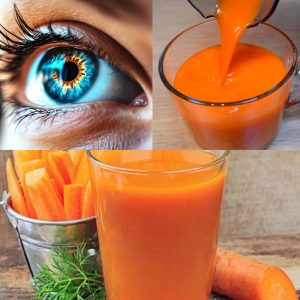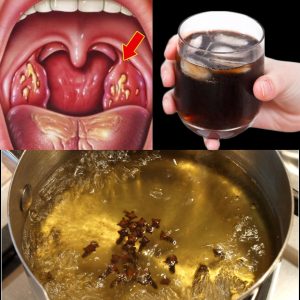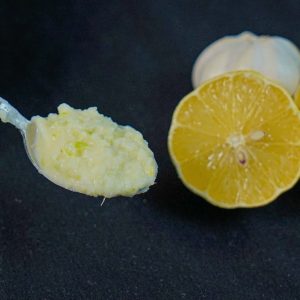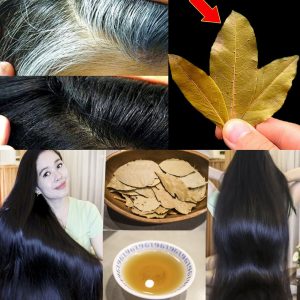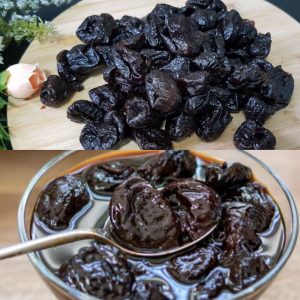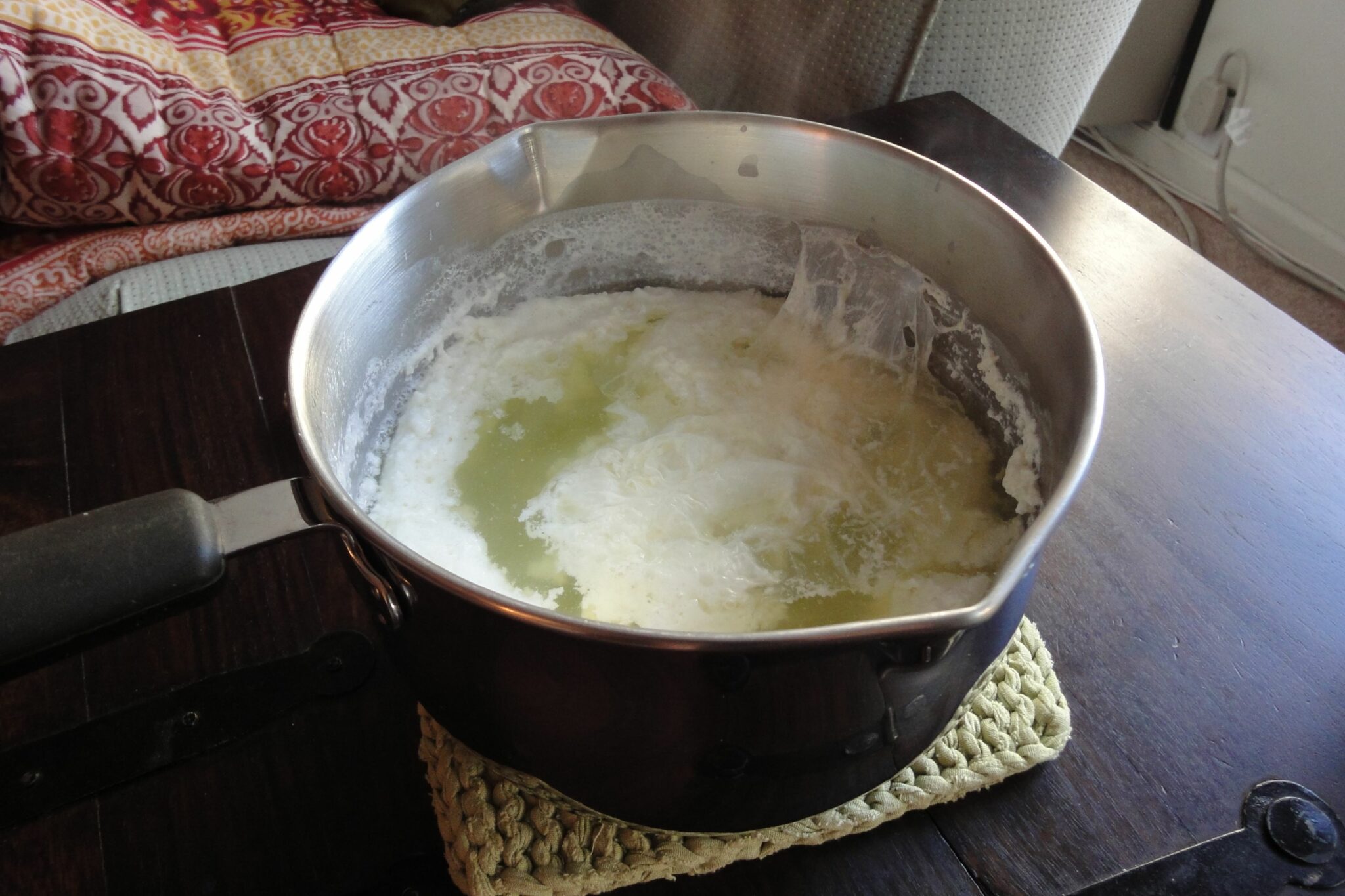
Using vinegar and milk together is a classic method for making homemade cheese. This simple and cost-effective process creates a fresh, soft cheese that can be used in various dishes. Here’s how you can make your own cheese at home with just two ingredients.
Ingredients
1 liter of milk (whole milk works best)
2-3 tablespoons white vinegar or apple cider vinegar
Instructions
1. Heat the Milk
Pour the Milk: Pour 1 liter of milk into a large saucepan.
Heat the Milk: Place the saucepan over medium heat and slowly bring the milk to a gentle boil, stirring occasionally to prevent it from scorching on the bottom.
2. Add the Vinegar
Add the Vinegar: Once the milk begins to boil, reduce the heat to low and add 2-3 tablespoons of vinegar, stirring gently.
Curdling Process: The milk will start to curdle almost immediately as the vinegar causes the curds (solid parts) to separate from the whey (liquid part).
3. Strain the Curds
Prepare a Strainer: Line a colander or strainer with cheesecloth or a clean kitchen towel. Place it over a large bowl to catch the whey.
Pour the Mixture: Carefully pour the curdled milk mixture into the lined colander to separate the curds from the whey.
Drain: Let the curds drain for about 5-10 minutes. For a firmer cheese, you can leave it to drain longer and even press it gently to remove more whey.
4. Rinse and Season (Optional)
Rinse the Curds: For a milder flavor, you can rinse the curds under cold water to remove any remaining vinegar taste.
Season: If desired, add a pinch of salt or other seasonings to the curds and mix gently.
5. Use or Store the Cheese
Use Immediately: You can use the fresh cheese immediately in your favorite recipes, such as salads, spreads, or as a topping.
Store: Store the cheese in an airtight container in the refrigerator for up to a week.
Tips for Making Homemade Cheese
Choose the Right Milk: Whole milk will yield the best results for a creamy and rich cheese. Avoid using ultra-pasteurized milk as it may not curdle properly.
Vinegar Options: White vinegar and apple cider vinegar are commonly used, but you can experiment with other acidic agents like lemon juice.
Add Herbs and Spices: Customize your cheese by adding fresh herbs, garlic, or other spices to enhance the flavor.
Uses for Homemade Cheese
Salads: Crumble the cheese over fresh salads for added texture and flavor.
Spreads: Mix with herbs and olive oil to create a delicious cheese spread for bread or crackers.
Toppings: Use it as a topping for pizzas, pastas, or baked dishes.
Snacks: Enjoy it as a simple, healthy snack on its own or with fresh fruits and vegetables.
Conclusion
Making homemade cheese by pouring vinegar into boiling milk is an easy and economical way to enjoy fresh cheese without the need for store-bought products. With just two ingredients, you can create a versatile and delicious cheese that can be used in a variety of dishes. Give this simple method a try and discover the joys of homemade cheese!
